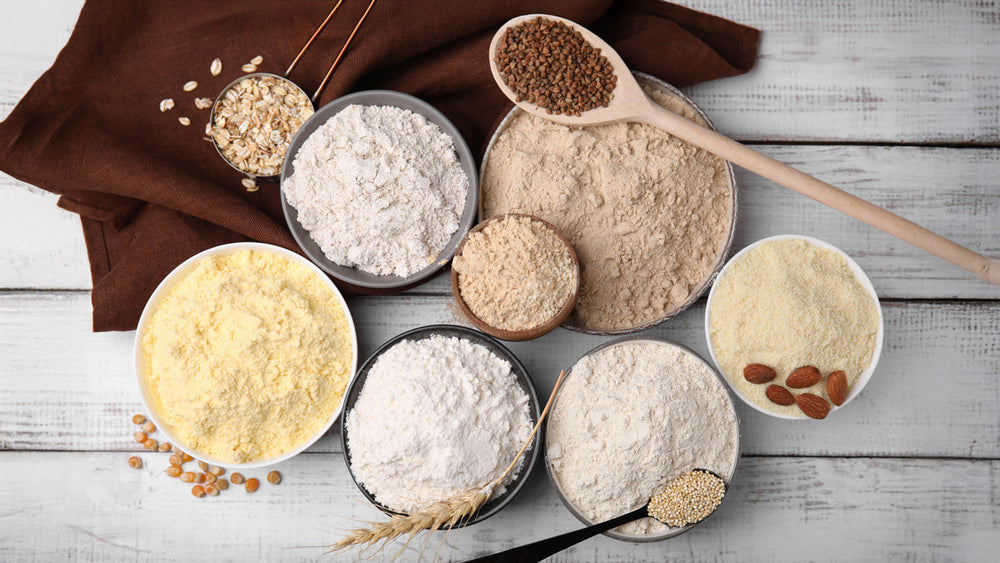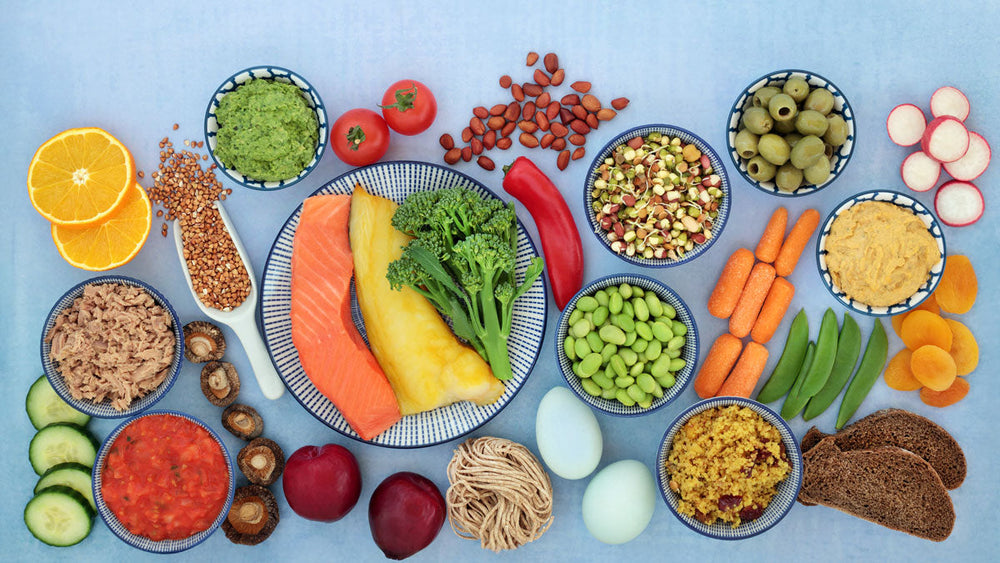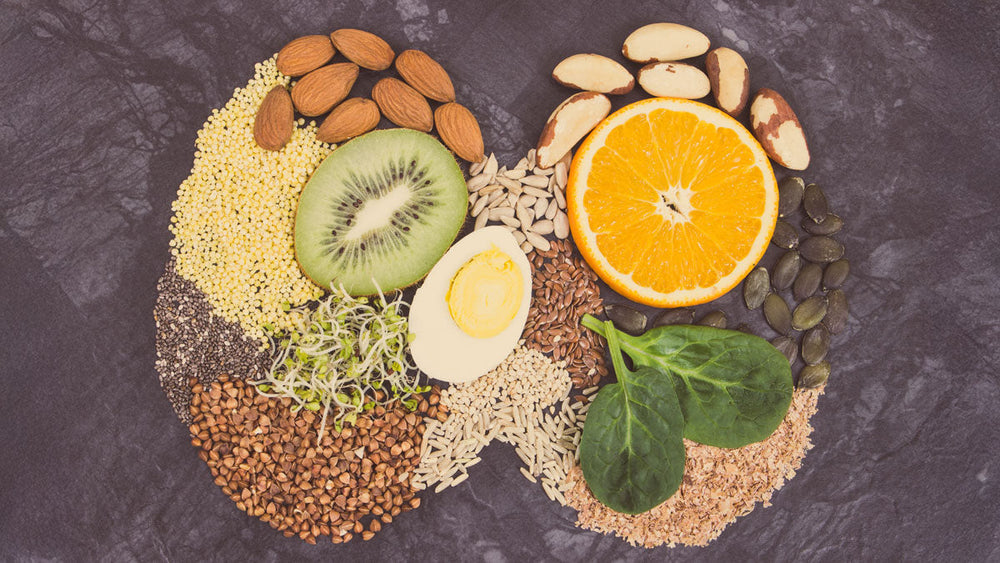Simple sugars are some of my favorite carbohydrates!
Simple sugars include monosaccharides and disaccharides. Fructose is one of three monosaccharides, along with glucose and galactose.
Monosaccharides are the simplest form of carbohydrate. The other simple sugars, disaccharides, include sucrose (table sugar), lactose (the sugar in milk), and maltose (the sugar in beer).
Fructose is found in fruits and honey, and is often called “fruit sugar”. Fructose gives fruits their sweet flavor, and it also has some unique properties that make it differ from other simple sugars.
The digestion of fructose
Unlike other simple sugars such as sucrose and glucose, fructose is absorbed relatively slowly from the gut. This causes a minimal release of the hormone insulin compared to other carbohydrates. It is for this reason that fructose-based sweets are manufactured and marketed to diabetics, as they provide a satisfying treat while producing a lesser rise in blood glucose levels. In addition to minimizing the release of insulin, the digestion of ingested fructose is also noteworthy in that the fructose must first be processed in the liver, where fructose is then converted to glucose. Other simple sugars are converted into glucose in the intestine and are then transported to any target tissue.
Fructose’s slow-digesting nature makes it attractive as a treat for those with impaired glucose metabolism. Unfortunately, high levels of fructose ingestion in the diet are linked to some negative health outcomes, including fat deposition in the liver and increased blood triglycerides.
Simple sugars may increase exercise performance
Exercise increases your demand for energy, and carbohydrates provide a great fuel source that your muscles can quickly turn into energy. Many published studies have confirmed that carbohydrate ingestion during or right before exercise can improve exercise performance. This includes exercise under a variety of conditions, including long-distance events, repeated sprints, and even high-volume resistance exercises.
The benefits of consuming carbohydrates during exercise on performance are attributable to the quick-digesting nature of carbohydrate ingested and the sensation of carbohydrate in the mouth increasing motor cortex activation in the brain.
However, consuming a lot of fructose right before or during an exercise bout is not a good idea. Due to its peculiar digestion, fructose ingestion might trigger GI issues during the exercise bout, namely bloating, vomiting, and diarrhea. Other carbohydrate choices present less risk of this unpleasantness.
High-fructose corn syrup (HFCS) is a ubiquitous feature of industrialized diets, as it is added to a multitude of foods to enhance flavor and prolong shelf life. Sadly, chronic HFCS consumption has been linked to negative health effects, including the development of atherosclerosis and hypertension. Regarding short-term absorption though, HFCS is not fructose. Rather, HFCS is a mixture of fructose and glucose, as such, it is generally tolerated more easily than fructose alone when ingested during exercise.
Consuming a variety of sugars, such as both fructose and glucose, simultaneously increases the speed of carbohydrate absorption through the intestine. This is due to the existence of specific intestinal transporter proteins for carbohydrates, meaning that a mix of carbohydrates can cross the intestinal barrier more quickly, as each variety of sugar will have its own transporter, unlike an equal amount of a single carbohydrate.
There is some evidence that carbohydrate mixtures are the best choice for consumption during exercise, though mixtures containing fructose (fructose-maltodextrin) still tended to produce more GI upset than those (glucose-maltodextrin) that did not. So the best option is likely to limit fructose intake in proximity to exercise.
- Baldassarre, R., Ieno, C., Bonifazi, M., Di Castro, A., Gianfelici, A., & Piacentini, M. F. (2022). Carbohydrate supplementation during a simulated 10-km open water swimming race: effects on physiological, perceptual parameters and performance. European journal of sport science, 22(3), 390–398.
- Ferder, L., Ferder, M. D., & Inserra, F. (2010). The role of high-fructose corn syrup in metabolic syndrome and hypertension. Current hypertension reports, 12(2), 105–112.
- Haff, G. G., Schroeder, C. A., Koch, A. J., Kuphal, K. E., Comeau, M. J., & Potteiger, J. A. (2001). The effects of supplemental carbohydrate ingestion on intermittent isokinetic leg exercise. The Journal of sports medicine and physical fitness, 41(2), 216–222.
- Jeukendrup A. E. (2010). Carbohydrate and exercise performance: the role of multiple transportable carbohydrates. Current opinion in clinical nutrition and metabolic care, 13(4), 452–457.
- Malone, J. J., Hulton, A. T., & MacLaren, D. (2021). Exogenous carbohydrate and regulation of muscle carbohydrate utilisation during exercise. European journal of applied physiology, 121(5), 1255–1269.
- Murray, R., Paul, G. L., Seifert, J. G., Eddy, D. E., & Halaby, G. A. (1989). The effects of glucose, fructose, and sucrose ingestion during exercise. Medicine and science in sports and exercise, 21(3), 275–282.
- Peart D. J. (2017). Quantifying the Effect of Carbohydrate Mouth Rinsing on Exercise Performance. Journal of strength and conditioning research, 31(6), 1737–1743.
- Phillips, S. M., Findlay, S., Kavaliauskas, M., & Grant, M. C. (2014). The Influence of Serial Carbohydrate Mouth Rinsing on Power Output during a Cycle Sprint. Journal of sports science & medicine, 13(2), 252–258.
- Rowlands, D. S., Swift, M., Ros, M., & Green, J. G. (2012). Composite versus single transportable carbohydrate solution enhances race and laboratory cycling performance. Applied physiology, nutrition, and metabolism = Physiologie appliquee, nutrition et metabolisme, 37(3), 425–436.
- Tappy, L., & Rosset, R. (2019). Health outcomes of a high fructose intake: the importance of physical activity. The Journal of physiology, 597(14), 3561–3571.


















Comments
Join The Conversation...